In recent years, the global scrap trade has faced significant changes as nations, particularly in Europe, introduce export restrictions to secure domestic supplies for key industrial and environmental goals. These measures are shaping the dynamics of the scrap market, influencing stakeholders, and raising questions about the future of free global scrap trade.
The EU’s Push for Scrap Export Restrictions
At the forefront of this movement is the European Union (EU), where policies aimed at limiting scrap exports are gaining traction. In March 2025, the EU introduced its Steel and Metal Action Plan, which includes provisions for additional restrictions on scrap exports by the third quarter of the year. These steps build on earlier measures, such as the 2024 changes to the Waste Shipment Regulation, which curtailed the export of non-hazardous waste, including scrap, to non-OECD countries. These restrictions, set to take full effect in 2027, are part of a broader strategy to address the growing demand for scrap within the EU.
The rationale for these measures lies in the EU’s focus on decarbonization and securing resources for its steel industry. Scrap metal is considered a critical asset for transitioning to green steel production, which relies heavily on recycled materials. European steel associations argue that retaining scrap within the EU is essential to support domestic industries and meet ambitious climate goals. One key concern these associations highlight is “scrap leakage,” where scrap is exported to countries outside the EU, some of which offer subsidies to enhance their recycling capacities. This practice, they argue, creates unfair competition and exacerbates global steelmaking overcapacity, undermining Europe’s green transition efforts.
Opposition from the Recycling Industry
On the other side of the debate, organizations representing the recycling industry, such as the European Recycling Industries’ Confederation (EuRIC) and the Bureau of International Recycling (BIR), strongly oppose export restrictions. These groups contend that such measures would harm the global recycling business by limiting access to international markets. They argue that scrap availability within the EU is not an issue, as 80% of collected scrap is used domestically, while the remaining 20% is exported due to insufficient local demand. From their perspective, the notion of “scrap leakage” is overstated, and restricting exports would threaten the viability of recycling businesses.
The Global Scrap Demand Surge
Beyond the debate within Europe, the global scrap market is undergoing a transformation driven by rising demand. Projections indicate that global demand for steel scrap will increase by nearly 50% by 2050 as the industry moves toward decarbonization. Major scrap-generating regions, including the EU and the United States, are expected to increase their use of scrap, while leading steel producers like China and India are also ramping up consumption.
However, this surge in demand raises concerns about supply shortages. According to estimates, growth in global scrap demand is likely to outpace supply, potentially resulting in a 15-million-ton deficit by 2030. This shift could disrupt the balance of the scrap market, emphasizing the importance of securing domestic scrap supplies and intensifying the debate over export restrictions.
Broader Implications of EU Policies
The EU’s decision to introduce export restrictions has far-reaching implications, as it could set a precedent for other countries to follow. Nations worldwide may adopt similar measures to align with climate goals or strengthen their domestic steel industries. This trend could lead to a new norm where scrap export restrictions become a standard policy tool, altering the global scrap trade landscape. Such restrictions may also create disparities between local and international scrap prices, gradually diminishing scrap’s status as a freely traded commodity.
Conclusion
The evolving landscape of global scrap trade underscores the complex interplay between environmental goals, industrial demands, and economic interests. The EU’s export restrictions reflect a growing trend toward prioritizing domestic resource security, but they also highlight the challenges of balancing stakeholder concerns in a globalized market. As countries grapple with rising scrap demand and potential shortages, the future of free global scrap trade remains uncertain, with implications that extend far beyond Europe’s borders. For nations like Ukraine, navigating this shifting terrain requires carefully considering local priorities and global developments, paving the way for a sustainable and integrated approach to scrap trade.

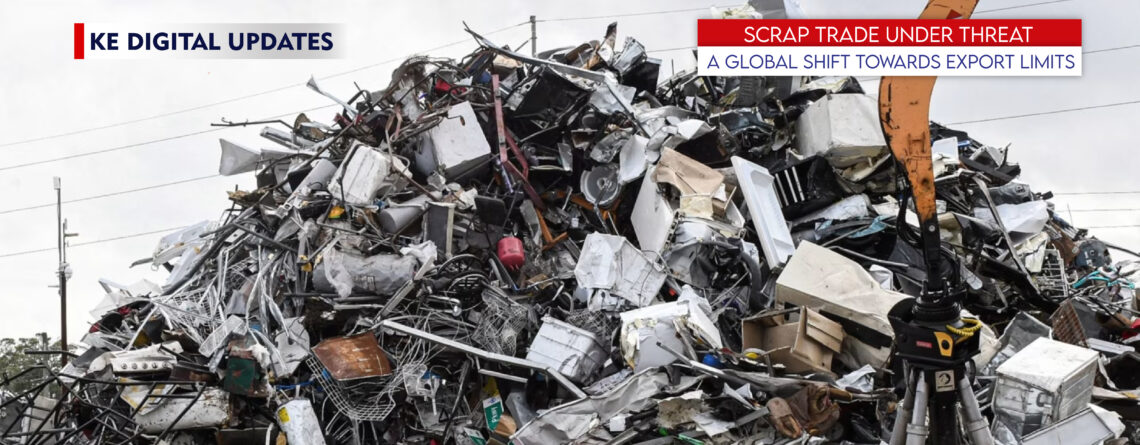
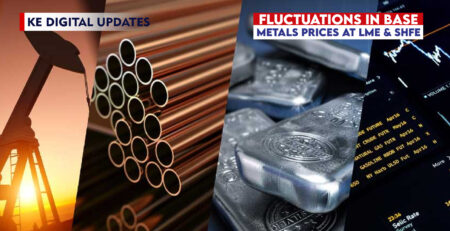



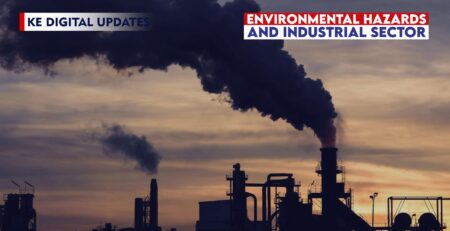
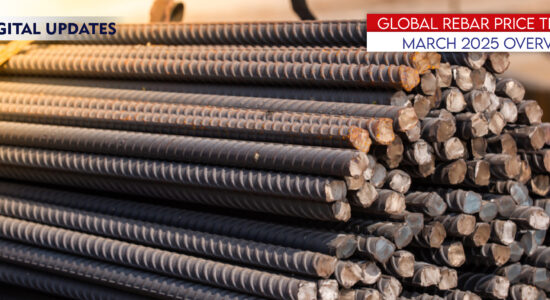

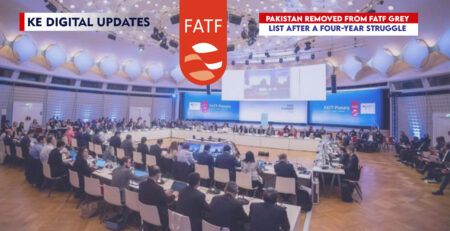
Leave a Reply